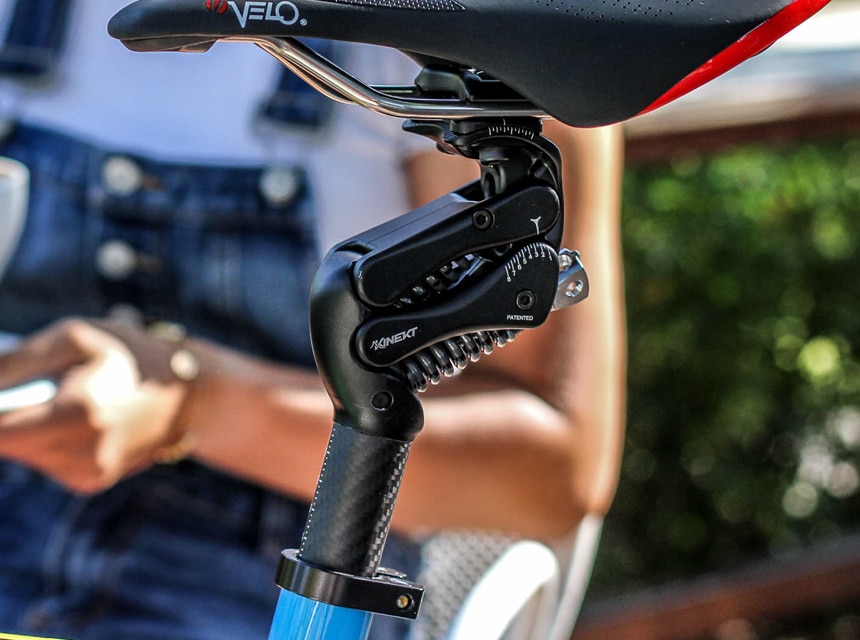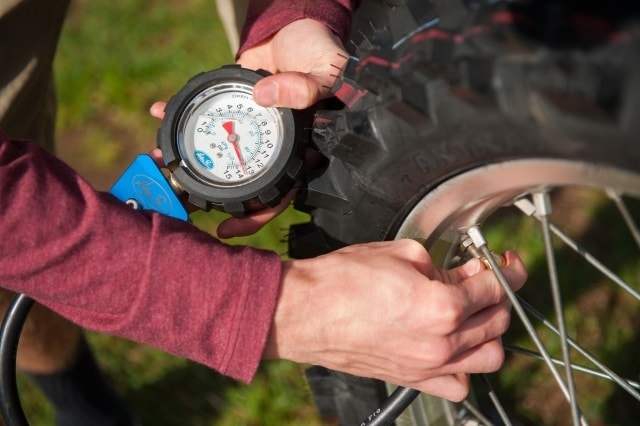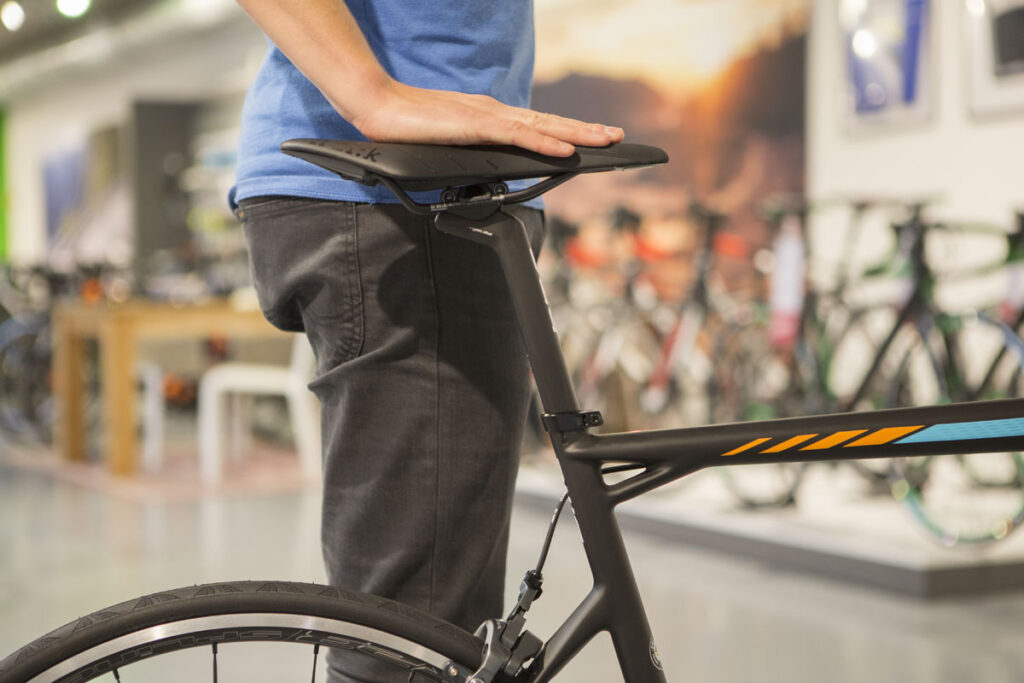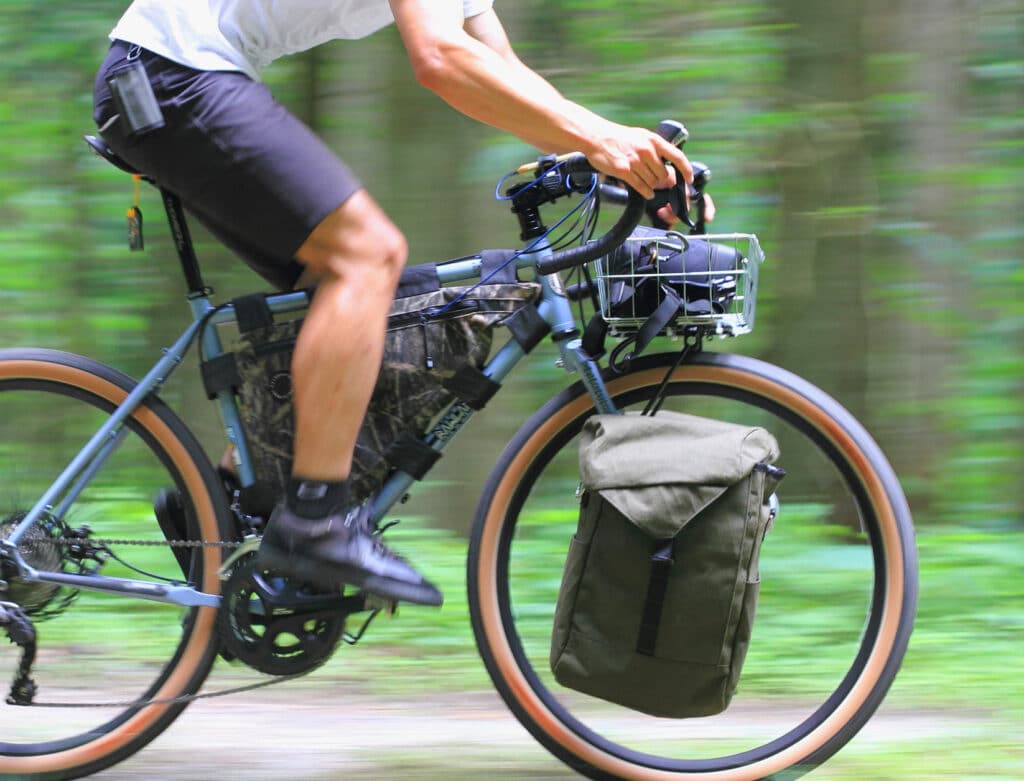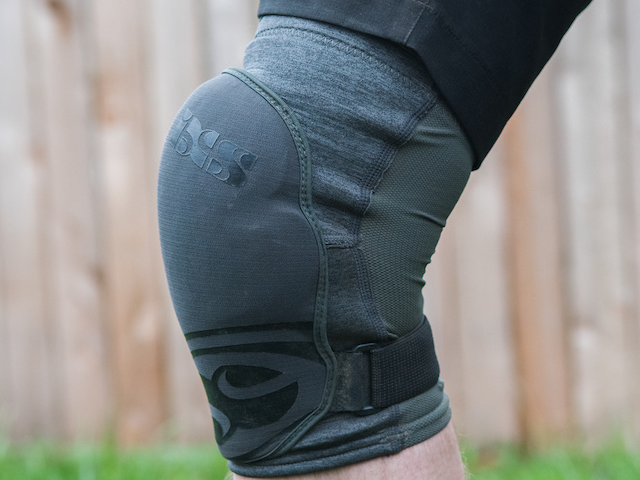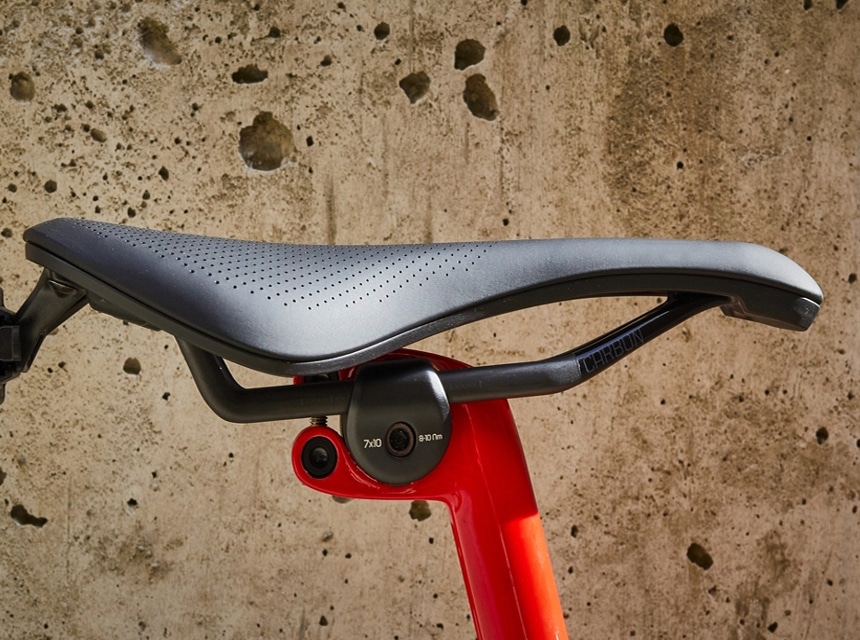- Trails
-
Bikes
-
Gear
-
Tips & Tricks
-
About us


Bicycle seats are also known as saddles. There are several reasons that might make you want to replace bike seats. It could be an improper saddle that hurts you and makes your ride comfortable, a seat that is mangled from damage or tear and wear over time, or you simply want to upgrade to a new seat. A good bike seat is not only comfortable, but it will also reduce strain on long rides and improve your body posture.
We have put together this tutorial guide with comprehensive instructions for all the steps involved so you can change a bike seat in simple steps. You can use a single tool to adjust or replace a bike seat on your own within a few minutes. We have also included information on how to choose the proper seat for your bike.
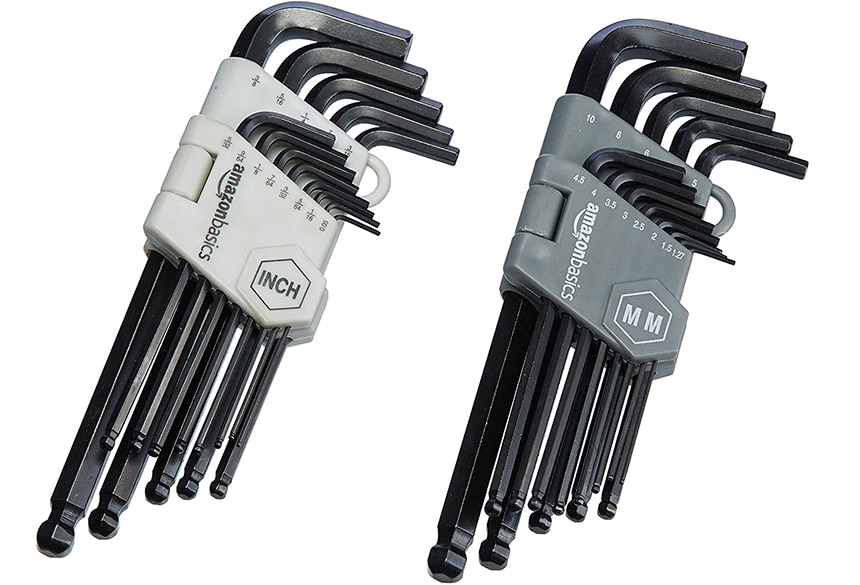
When replacing bicycle seats, you need a spanner and an Allen wrench, which is also referred to as a hex key. Find an Allen wrench that is the right size that will fit in the saddle’s clamp bolt so you can turn the bolt without it slipping. Amazon Basics Hex Key Allen Wrench Set has a variety of sizes that will fit different bolts.
To replace your saddle, you need to know what to look for to be able to choose a proper bicycle seat. The first thing you should consider is how you typically use the bike; racing, cruising or mountain biking. Next, find a bike seat that will fit your body properly to avoid discomfort. This is a saddle like Bikeroo Oversized Bike Seat which is sturdy enough to accommodate your weight, attaches firmly to your rear bones, and is not so wide that your legs keep brushing against it. Knowing the features you disliked in your old saddle will also help you learn what to avoid when changing bicycle seats.
Below are the simple instructions on how to change bike seats for a comfortable ride.
Before replacing a bike saddle, ensure that the bike is stable by putting it in a stand or leaning it against a wall or another strong object.
Locate the bolt or setscrew that secures the clamp around the rails under the saddle. Older models usually have one bolt while newer ones feature two bolts. Loosen the bolts with a 5 mm Allen wrench to remove the seat from the clamp. This is done by turning the bolt anticlockwise.
The next step in our guide on how to take off a bike seat to replace it is to find the bolts that secure the seat so you can loosen them and remove the saddle. Once you have removed the saddle clamp, keep the bolts, nuts, and the top and bottom plates in a tin for easy access as you continue with the bike seat replacement.
To attach the new saddle, align its rails into the clamp before putting in the bolts and fastening the nuts loosely with your hand. The seat clamp should be flat and at the center of the rails of the new seat. Adjust the angle of the seat to a comfortable position.
After you have adjusted the saddle to a comfortable position, tighten the bolts by turning them in a clockwise direction with the hex key. This step ensures that the new bike seat is comfortable and stable to support your weight.
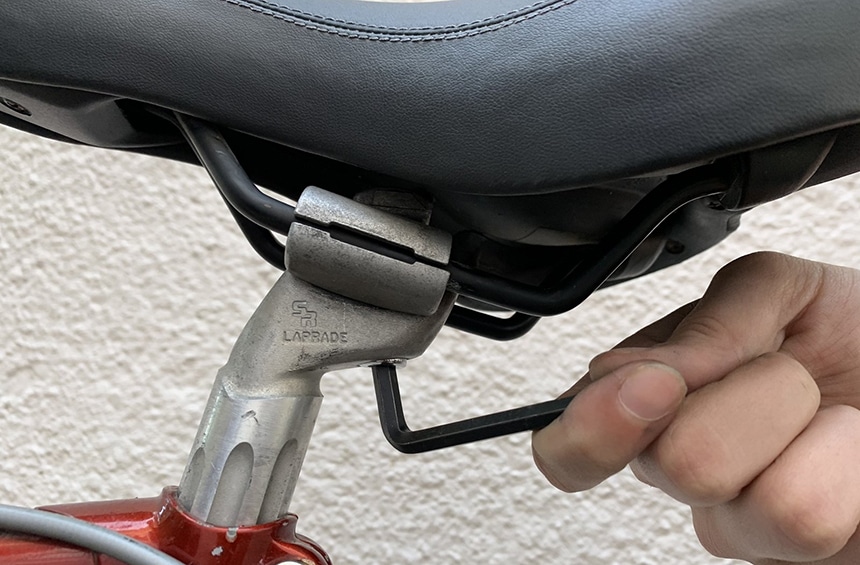
This stage of how to replace bike seats involves a test run to confirm that the saddle is installed properly and make any necessary adjustments. The new seat and the handlebars should be positioned at the correct distance and height Trusted Source Biking your way to better health: How to reboot your workout routine The first consideration when you’re taking up or restarting a cycling program is to determine whether you’ll be riding inside or outside — or a combination of both. edition.cnn.com . To do this, sit on the saddle in a position that allows you to gently arch your back and reach the handlebars without straining your wrists, hands or shoulders.
If you experience wrist pain because your upper body is straight above your arms, or arching your back feels uncomfortable, or there is tension on your elbows and shoulders, then chances are that you have placed the saddle too far forward and overly close to the handlebars. Adjust the seat backwards and test it again.
Your bike seat may be too far from the handlebars if you are overextending your back and arms, or if you are struggling to reach the brakes. Adjust it forwards and test it again.
Once the saddle is in a comfortable position, the last step of changing a bicycle seat is tightening the bolts completely.
Changing bicycle seats can transform your bike and increase your comfort when riding. Ideally, you should replace bike seats after 9,300 to 12,400 miles because this is around the time that the saddle’s frame and internal foam start to deteriorate. Some Harvard pros who are avid cyclists have shared additional bike tips Trusted Source 10 Tips from Harvard's bike commuting pros | Sustainability at Harvard We asked two Harvard bicyclist commuters, from the Harvard and Longwood campuses, to share their top ten tips on how to commute to work safely and efficiently. green.harvard.edu that you can add to your knowledge on bike seat replacement.
You need to know how to change bike seats because saddles, just like any other bicycle part, will develop tear and wear. The frame weakens, the cover cracks and the padding becomes less effective at shock absorption. The aging process is faster for bicycles stored outdoors where they are exposed to harsh natural elements. You can slow deterioration with a bike seat like Brooks England Cambium which comes with a nylon weatherproof cover to withstand outdoor conditions. Since our bodies change, you might need a new seat if the old one can no longer comfortably accommodate the extra body weight. Other reasons to replace bike seats are to revamp an old bike with a saddle that has an upgraded design and materials to improve comfort, performance and durability.
